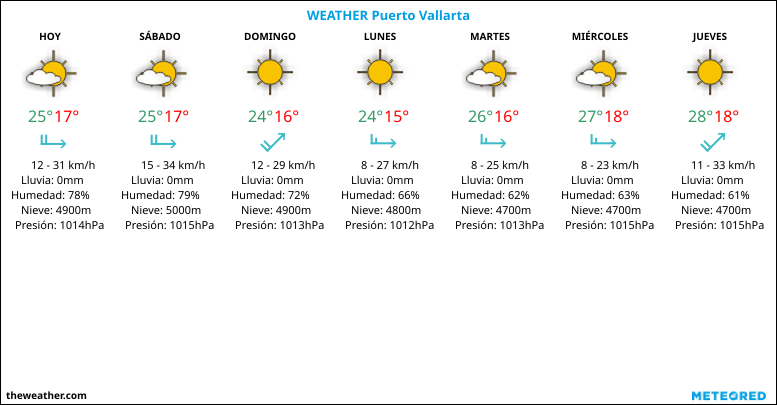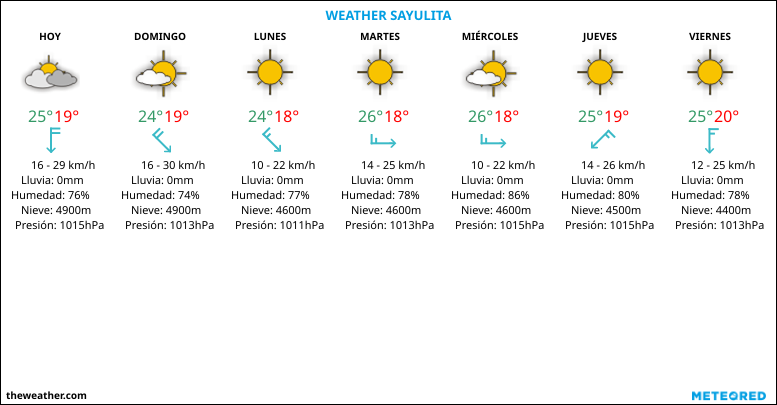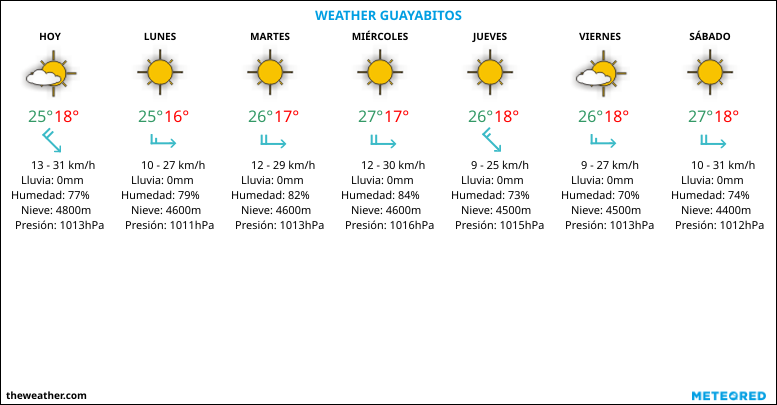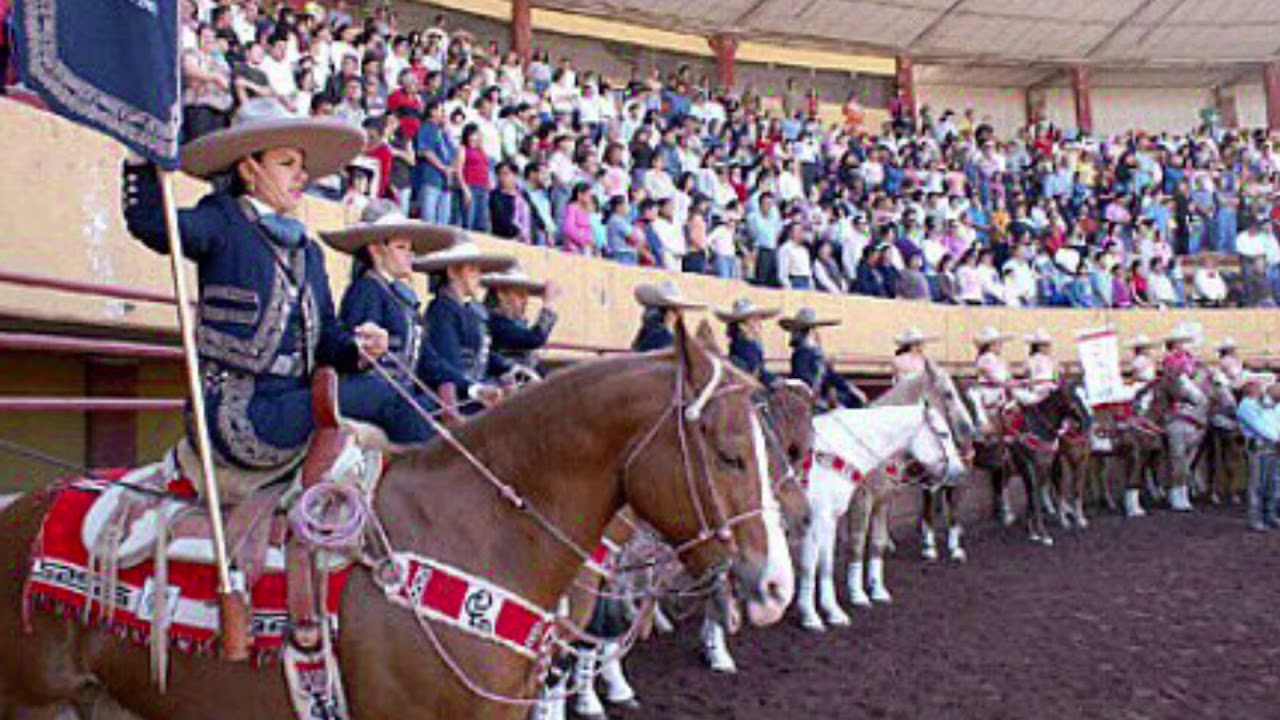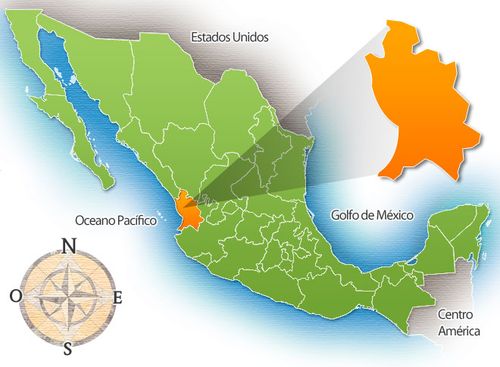How to Unlock and Integrate Your Pelvic Floor
CCMray • April 22, 2024 • 0 views
➤ Get access to 2 FREE Unlock Your Body routines, a BONUS video on breathing and the lymphatic system and insightful takeaways – your stepping stone to a journey of holistic body health.: https://thinkflowgrow.com/freebee ➤ Hey folks! Great news, I've been receiving numerous messages so I've made my Unlock Your Body Routines available in English as two bundles via an app and browser. You can get started right here: https://thinkflowgrow.com/en/routines/ Enjoy! If you like it, you're also warmly invited to join the 8-week Unlock Your Body Journey. Let's learn how to integrate the pelvic floor in rocking. Start in the quadruped position with your hands beneath your shoulders and your knees underneath your hips. Place your toes on the ground and breathe through your nose. Sign up for our guided 8-week journey starting July 31st: ➤ https://thinkflowgrow.com/unlockyourbody Or, if you're ready to start today, visit: ➤ https://thinkflowgrow.com/unlockyourbody ➤ German Newsletter: https://thinkflowgrow.mykajabi.com/ne... ➤ English Newsletter: https://thinkflowgrow.com/en As you breathe, focus on expanding your belly, the sides of your body, the lower back, and the chest. Create a long spine and gently sit back, feeling a stretch in your pelvic floor. If you feel a gentle stretch, continue to breathe and relax into it. Now, let's activate the pelvic floor. As you breathe out, contract your pelvic floor muscles by gently pulling them upward and inward. At the same time, imagine your diaphragm descending and creating space in your pelvic floor and hips. Feel the contraction in the sides of your belly, lower back, transverse abdominis, and obliques. It's as if a cylinder is stabilizing your spine. Keep connecting the diaphragm with the pelvic floor. As you breathe in, focus on creating space in your pelvic floor. And as you breathe out, contract the pelvic floor upward. Feel the coordination between your diaphragm and pelvic floor. Now, gently pull your hands toward your knees, bringing your shoulder blades downward. As you breathe out, contract your pelvic floor upward and feel your shoulder blades moving down. This integrates your shoulder girdle with your pelvis. Switch to the middle position and see if you can feel your pelvic floor in this position. Notice the relationship between your pelvic floor and diaphragm. Explore this connection while rocking, staying mindful of how the diaphragm and pelvis communicate through your core. Notice how your hips and shoulders are connected and how there is both space and strength at the same time. Return to the center position and understand that the integration of the pelvic floor with the diaphragm stabilizes your entire body, allowing for fluid and beautiful movement. This principle is crucial and can be applied to all movements, whether in sports or daily activities. The pelvic floor is a group of muscles, ligaments, and connective tissues located at the base of the pelvis. It forms a hammock-like structure that supports the pelvic organs, including the bladder, uterus (in females), and rectum. The pelvic floor muscles are responsible for maintaining continence, supporting the pelvic organs, and providing stability to the pelvis and spine. The pelvic floor consists of three layers of muscles: the superficial perineal muscles, the urogenital diaphragm, and the deep pelvic diaphragm. These muscles work together to control the openings of the urethra, vagina (in females), and anus. They also play a crucial role in sexual function, as they contribute to arousal, orgasm, and the coordination of the pelvic floor muscles during intercourse. The pelvic floor has important connections to the diaphragm, which is the primary muscle involved in respiration. The diaphragm is a large, dome-shaped muscle located at the base of the ribcage, separating the chest cavity from the abdominal cavity. When you inhale, the diaphragm contracts and moves downward, creating a vacuum that allows air to enter the lungs. As you exhale, the diaphragm relaxes and moves upward, helping to expel air from the lungs. The pelvic floor and the diaphragm are connected through a network of muscles and fascia known as the "core." The core includes the deep abdominal muscles, back muscles, and the muscles of the pelvic floor and diaphragm. These muscles work together to stabilize the spine and pelvis, maintain postural alignment, and facilitate efficient movement. During certain activities such as coughing, sneezing, lifting, or exertion, the pelvic floor and the diaphragm coordinate their actions to provide support and maintain intra-abdominal pressure. This coordination is essential for maintaining pelvic floor function and preventing issues such as pelvic organ prolapse or urinary incontinence.


